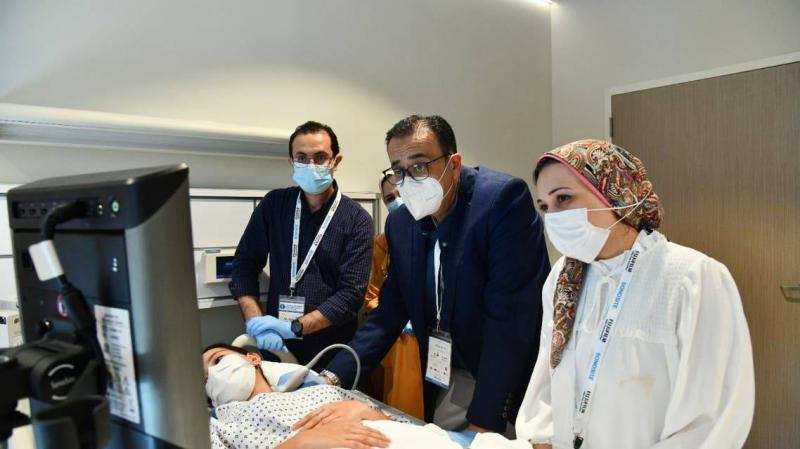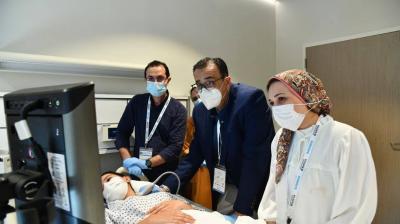Dr. Rola Hammoud, an anesthesiologist at a medical center in Dubai, revealed good news for patients who hesitate to undergo surgery due to fears of severe pain, serious complications, and negative side effects associated with traditional general anesthesia methods. She explained that since the introduction of "ultrasound" technology in the UAE, Gulf, and Middle East in 2020, it is time to say farewell to the pain associated with surgery both before and after the procedure, while avoiding any relapses threatening patients' health.
During an educational workshop at Clemenceau Medical Center in Dubai, in cooperation with the Dubai Health Authority, Dr. Rola highlighted that many anesthesiologists in some communities lack technical expertise in using ultrasound technology, which is a modern method in the field of anesthesia that relies on ultrasound imaging to locate nerves. This enables the administration of a small amount of local anesthetic to alleviate pain during surgical procedures. She pointed out that this technology has numerous uses, particularly in complex surgical operations such as bone reconstruction and arthroscopic surgery, pain relief following intricate surgeries in the abdominal or chest areas, and other surgeries involving parts of the body with nerve presence.
Dr. Rola also noted that one of the main complications of injecting the body with excessive quantities may include allergic reactions to medications. She mentioned that there are chronic patients at risk of heart attacks during anesthesia; however, these cases are rare and do not lead to serious complications, especially with the presence of modern technological techniques in local anesthesia.
She explained that the mechanism of the new technique focuses on treating pain effectively, along with precise diagnosis. Pain management before and after surgery is crucial, and nerve blocks allow anesthesiologists to avoid any adverse effects on patients while administering the necessary medication to the nerve, enabling a surgical procedure without pain for up to 12 hours. Afterward, patients wake up feeling positive and comfortable.
Dr. Rola emphasized that no medical procedure is entirely free from risk or complications. However, the new ultrasound technology has helped reduce the large amounts of anesthesia that were previously used in traditional ways, achieving remarkable results reflected in patient comfort and recovery speed.
She asserted the importance of training workshops on the technology for doctors so that they are well-informed and acquainted with all the updates that ensure complete patient comfort from the moment of examination through diagnosis and treatment stages. This workshop targets anesthesiologists for all surgical procedures as it focuses on providing both theoretical and practical training on key aspects such as familiarizing doctors with the latest advanced medical devices and technologies to ensure patient safety.
Additionally, she continued: "We ensure to teach them the step-by-step process of nerve examination and how to use a minimal amount of local anesthetic instead of injecting excessive doses. We also train them on patient examination tools before surgery to ensure that they do not suffer from any accompanying diseases that may affect the quality of anesthesia. Furthermore, we provide them with methods to select the necessary needle and determine optimal anesthetic dosages."
Dr. Rola added, "We are proud to offer this annual global workshop, which lasts about two days, to disseminate knowledge and the latest research in anesthesiology." She underscored the idea that today, doctors are responsible for improving their performance and tools by keeping up with the latest scientific research in their field and adding educational points and training courses to their professional licensing, along with keeping pace with medical technology systems and mastering how to use their programs optimally for diagnosis, examination, and treatment methods.




